Do you enjoy working with children and shaping young lives? Then starting your own babysitting business might just be the right opportunity for you!
Babysitting, which in this article will be used as a catch-all term for all child-care jobs, including nannying, is a growing industry that offers excellent potential. It has low barriers to entry and low initial investment but can provide a good income and work-life balance.
What’s more, babysitting is often fun! Working with children is also an exciting opportunity to help develop the younger generation. If you’re intrigued by this prospect, take some time to read through this step-by-step guide and get your own babysitting business up and running.
Step 1: Decide if the Business Is Right for You
Don’t be fooled by the words “babysitting business” and believe that it’s an easy thing to do. Like all entrepreneurial opportunities, starting a babysitting business requires hard work, time, and motivation to succeed.
So, it is important to consider the business opportunity in detail and determine if the business is right for you.
Pros and cons
Creating a good pros and cons list is one of the best ways to evaluate an opportunity and see if it’s right for you.
Pros
- Low startup costs as no major equipment or expenses required
- Flexibility to work full- or part-time, with hours based on your availability
- Rewarding and satisfying work with children
- High client retention, since babysitting requires client trust
- Low marketing and costs, with business generated mainly through word-of-mouth
- Unlimited potential to add childcare workers and grow your business
Cons
- Building a brand and gaining customer loyalty takes time
- May need to work weekends, evenings, holidays
- Low profit margin once you expand your business
- Managing kids can be stressful and challenging, especially if you’re inexperienced
Babysitting industry trends
Increased disposable incomes in the US mean more and more families are looking to hire sitters and nannies to care for their children, so the opportunity is there for new market entrants.
Industry size and growth
Trends and challenges
Trends shaping the babysitting industry:
- Integration of early education in childcare
- Constant communication through text, multimedia messages, and audio/video calls between parents and sitters
Challenges in the babysitting industry:
- Compliance with regulatory requirements
- Establishing trust with parents and guardians
What kind of people work as babysitters?
How much does it cost to start a babysitting business?
Startup costs for a babysitting business are fairly low. The major cost is buying a vehicle so you can travel to your clients. But if you already have a car or a travel alternative, like a bike or public transport, you can ignore that cost. The average price of a used car is about $5,200, while a used Vespa or scooter is estimated at about $500.
Aside from transportation, the second major expense is marketing, which might cost about $1,500. All together, startup costs are likely to range from $2,000 to $9,000, averaging $5,500.
| Start-up Costs | Ballpark Range | Average |
| Licenses and permits | $100 - $300 | $200 |
| Insurance | $100 - $300 | $200 |
| Branding, marketing, and advertising | $1,000 - $2,000 | $1,500 |
| Website | $100 - $500 | $300 |
| Hiring | $0 - $200 | $100 |
| Vehicle | $500 - $5,200 | $2,850 |
| Miscellaneous | $200 - $500 | $350 |
| Total | $2,000 - $9,000 | $5,500 |
How much can you earn from a babysitting business?
How much you earn from a babysitting business hinges mainly on whether you are a solopreneur or hire additional staff to work for you.
As a solopreneur babysitter, you might charge $15 per hour in your first year. Sitting for 30 hours per week would give you annual revenue of about $23,000. Assuming a 90% margin, this would give you a profit of about $21,000.
To make more significant money with a babysitting business, you need to be able to scale by hiring workers and charging $20 per hour to cover additional costs. If your company grows in your second year to 10 full-time babysitters who can each work 40 hours a week, your profit margin will be reduced to around 20%. With annual revenue of $410,000, you’d make a tidy profit of $82,000.
If you expand to other cities, you might be able to scale further to 30 full-time babysitters. You’d earn more than $1.2 million in annual revenue and a profit of around $250,000.
What barriers to entry are there?
The barriers to entry in this business are relatively low, but should still be considered before starting a babysitting business. Some major barriers to entry are listed below:
- Highly saturated market
- No switching costs to the client, reducing loyalty
- Not everyone enjoys working with children
Related Business Ideas
If you’re still not sure whether this business idea is the right choice for you, here are some related business opportunities to help you on your path to entrepreneurial success.
Step 2: Hone Your Idea
Once you’ve reviewed the pros and cons, revenue potential, and barriers to entry, you probably have a good idea if a babysitting business is the right one for you. The next step, then, is to further hone your idea and get to know all the details about exactly what your business will do.
Why? Identify an opportunity
You cannot have a successful business if there is no demand for your services. So, to discover a business opportunity and accelerate your development, you should research your local market. You can interview families and speak with your competitors to understand the local market demand and types of offerings. Look for a gap to fill with your services. For example, maybe no local babysitters are available in the morning, or there’s a shortage of babysitters willing to care for toddlers and newborns.
Comb the childcare work ads to see if local families are looking for babysitters and nannies with specific qualifications, such as a particular language. For instance, Mandarin-speaking nannies familiar with Chinese culture and heritage are in great demand in much of the U.S., resulting in higher wages.
What? Determine your products or services
Babysitters manage and supervise kids in the absence of parents and take full responsibility for their health and well-being. Therefore, your service is your ability to take care of a child, and it’s best to have a proven record. You might also offer added services, such as tutoring, music lessons, or overnight care.
Because your main service offering is yourself as a babysitter, your qualifications and skills matter. A babysitter must be well-organized, attentive, caring, punctual, mature, patient, respectful, and resourceful. Babysitters should also be at least 18 years old and have a high school diploma, no criminal record, and first aid training.
How much should you charge for your services?
Babysitting rates vary significantly based on location, but a reasonable average is $15 an hour. In cities with a higher cost of living, such as New York, Los Angeles, and Las Vegas, you might be able to charge $20 per hour. As a solopreneur, you probably want to charge a bit less than the market average to attract clients.
But if you are a company and need to hire babysitters to provide the service, you should keep your hourly rate above the market average to make a decent profit.
Once you know your costs, you can use this Step By Step profit margin calculator to determine your mark-up and final price points. Remember, the prices you use at launch should be subject to change if warranted by the market.
Who? Identify your target market
Your prime target market will be families, working parents, and single parents with some disposable income. They might be looking for occasional babysitting when they have plans or for ongoing childcare while they are at work.
You can identify your target market based on where you live and the services you offer. For example, if you want regular and consistent work, you should target working parents who are away at work all day. Or you might target parents who are very social and often attend events and engagements.
Where? Choose your business premises
Initially, you may not need an office as you will babysit at the client’s residence or at your home. You should, however, consider how far you are willing to travel and set a radius for potential clients.
As your business grows and you hire other babysitters, you may need to manage them from an office. You can choose to work from home and convert a space in your house to become an office, or you can rent a space outside your home. It is best if the office is located near the residential area to reduce the travel time and cost. Find commercial space to rent in your area on Loopnet, Craigslist, Crexi, and Commercial Cafe.
When choosing a commercial space, you may want to follow these rules of thumb:
- Central location accessible via public transport
- Ventilated and spacious, with good natural light
- Flexible lease that can be extended as your business grows
- Ready-to-use space with no major renovations or repairs needed
Step 3: Brainstorm a Business Name
Your business name is your business identity, so choose one that encapsulates your objectives, services, and mission in just a few words. You probably want a name that’s short and easy to remember, since much of your business, and your initial business in particular, will come from word-of-mouth referrals.
Here are some ideas for brainstorming your business name:
- Short, unique, and catchy names tend to stand out
- Names that are easy to say and spell tend to do better
- The name should be relevant to your product or service offerings
- Ask around — family, friends, colleagues, social media — for suggestions
- Including keywords, such as “babysitting” or “nanny”, boosts SEO
- Choose a name that allows for expansion: “Jim’s Bakery” over “Jim’s Cookies”
- Avoid location-based names that might hinder future expansion
- Use online tools like the Step by Step business name generator. Just type in a few keywords and hit “generate” and you’ll have dozens of suggestions at your fingertips.
Once you’ve got a list of potential names, visit the website of the US Patent and Trademark Office to make sure they are available for registration and check the availability of related domain names using our Domain Name Search tool. Using “.com” or “.org” sharply increases credibility, so it’s best to focus on these.
Finally, make your choice among the names that pass this screening and go ahead with domain registration and social media account creation. Your business name is one of the key differentiators that sets your business apart. Once you pick your company name, and start with the branding, it is hard to change the business name. Therefore, it’s important to carefully consider your choice before you start a business entity.
Step 4: Create a Business Plan
Every business needs a plan. This will function as a guidebook to take your startup through the launch process and maintain focus on your key goals. A business plan also enables potential partners and investors to better understand your company and its vision:
- Executive Summary: Brief overview of the entire business plan; should be written after the plan is complete.
- Business Overview: Overview of the company, vision, mission, ownership, and corporate goals.
- Product and Services: Describe your offerings in detail.
- Market Analysis: Assess market trends such as variations in demand and prospects for growth, and do a SWOT analysis.
- Competitive Analysis: Analyze main competitors, assessing their strengths and weaknesses, and create a list of the advantages of your services.
- Sales and Marketing: Examine your companies’ unique selling propositions (USPs) and develop sales, marketing, and promotional strategies.
- Management Team: Overview of management team, detailing their roles and professional background, along with a corporate hierarchy.
- Operations Plan: Your company’s operational plan includes procurement, office location, key assets and equipment, and other logistical details.
- Financial Plan: Three years of financial planning, including startup costs, break-even analysis, profit and loss estimates, cash flow, and balance sheet.
- Appendix: Include any additional financial or business-related documents.
If you’ve never created a business plan, it can be an intimidating task. You might consider hiring a business plan specialist at Fiverr to create a top-notch business plan for you.
Step 5: Register Your Business
Registering your business is an absolutely crucial step — it’s the prerequisite to paying taxes, raising capital, opening a bank account, and other guideposts on the road to getting a business up and running.
Plus, registration is exciting because it makes the entire process official. Once it’s complete, you’ll have your own business!
Choose where to register your company
Your business location is important because it can affect taxes, legal requirements, and revenue. Most people will register their business in the state where they live, but if you are planning to expand, you might consider looking elsewhere, as some states could offer real advantages when it comes to babysitting.
If you’re willing to move, you could really maximize your business! Keep in mind, it’s relatively easy to transfer your business to another state.
Choose your business structure
Business entities come in several varieties, each with its pros and cons. The legal structure you choose for your babysitting business will shape your taxes, personal liability, and business registration requirements, so choose wisely.
Here are the main options:
- Sole Proprietorship – The most common structure for small businesses makes no legal distinction between company and owner. All income goes to the owner, who’s also liable for any debts, losses, or liabilities incurred by the business. The owner pays taxes on business income on his or her personal tax return.
- General Partnership – Similar to a sole proprietorship, but for two or more people. Again, owners keep the profits and are liable for losses. The partners pay taxes on their share of business income on their personal tax returns.
- Limited Liability Company (LLC) – Combines the characteristics of corporations with those of sole proprietorships or partnerships. Again, the owners are not personally liable for debts.
- C Corp – Under this structure, the business is a distinct legal entity and the owner or owners are not personally liable for its debts. Owners take profits through shareholder dividends, rather than directly. The corporation pays taxes, and owners pay taxes on their dividends, which is sometimes referred to as double taxation.
- S Corp – An S-Corporation refers to the tax classification of the business but is not a business entity. An S-Corp can be either a corporation or an LLC, which just need to elect to be an S-Corp for tax status. In an S-Corp, income is passed through directly to shareholders, who pay taxes on their share of business income on their personal tax returns.
We recommend that new business owners choose LLC as it offers liability protection and pass-through taxation while being simpler to form than a corporation. You can form an LLC in as little as five minutes using ZenBusiness’s online LLC formation service. They will check that your business name is available before filing, submit your Articles of Organization, and answer any questions you might have.
Step 6: Register for Taxes
The final step before you’re able to pay taxes is getting an Employer Identification Number, or EIN. You can file for your EIN online or by mail or fax: visit the IRS website to learn more. Keep in mind, if you’ve chosen to be a sole proprietorship you can simply use your social security number as your EIN.
Once you have your EIN, you’ll need to choose your tax year. Financially speaking, your business will operate in a calendar year (January–December) or a fiscal year, a 12-month period that can start in any month. This will determine your tax cycle, while your business structure will determine which taxes you’ll pay.
It is important to consult an accountant or other professional to help you with your taxes to ensure you are completing them correctly.
Step 7: Fund your Business
Securing financing is your next step and there are plenty of ways to raise capital:
- Bank loans: This is the most common method, but getting approved requires a rock-solid business plan and strong credit history.
- SBA-guaranteed loans: The Small Business Administration can act as guarantor, helping gain that elusive bank approval via an SBA-guaranteed loan.
- Government grants: A handful of financial assistance programs help fund entrepreneurs. Visit Grants.gov to learn which might work for you.
- Friends and Family: Reach out to friends and family to provide a business loan or investment in your concept. It’s a good idea to have legal advice when doing so because SEC regulations apply.
- Crowdfunding: Websites like Kickstarter and Indiegogo offer an increasingly popular low-risk option, in which donors fund your vision. Entrepreneurial crowdfunding sites like Fundable and WeFunder enable multiple investors to fund your business.
- Personal: Self-fund your business via your savings or the sale of property or other assets.
Bank and SBA loans are probably the best options, other than friends and family, for funding a babysitting business. You might also try crowdfunding if you have an innovative concept.
Step 8: Apply for Licenses/Permits
Starting a babysitting business requires obtaining a number of licenses and permits from local, state, and federal governments. To provide childcare at your home you will need a Certificate of Occupancy (CO), which certifies compliance with building codes, laws, and general safety measures.
Here are some additional licenses and permits to consider when opening a babysitting business:
- First aid and CPR certificate
- Babysitting course certificate
- Driver’s license and auto insurance
- Criminal record check
Federal regulations, licenses, and permits associated with starting your business include doing business as (DBA), health licenses and permits from the Occupational Safety and Health Administration (OSHA), trademarks, copyrights, patents, and other intellectual properties, as well as industry-specific licenses and permits.
You may also need state-level and local county or city-based licenses and permits. The license requirements and how to obtain them vary, so check the websites of your state, city, and county governments or contact the appropriate person to learn more.
You could also check this SBA guide for your state’s requirements, but we recommend using MyCorporation’s Business License Compliance Package. They will research the exact forms you need for your business and state and provide them to ensure you’re fully compliant.
This is not a step to be taken lightly, as failing to comply with legal requirements can result in hefty penalties.
If you feel overwhelmed by this step or don’t know how to begin, it might be a good idea to hire a professional to help you check all the legal boxes.
Step 9: Open a Business Bank Account
Before you start making money you’ll need a place to keep it, and that requires opening a bank account.
Keeping your business finances separate from your personal account makes it easy to file taxes and track your company’s income, so it’s worth doing even if you’re running your babysitting business as a sole proprietorship. Opening a business bank account is quite simple, and similar to opening a personal one. Most major banks offer accounts tailored for businesses — just inquire at your preferred bank to learn about their rates and features.
Banks vary in terms of offerings, so it’s a good idea to examine your options and select the best plan for you. Once you choose your bank, bring in your EIN (or Social Security Number if you decide on a sole proprietorship), articles of incorporation, and other legal documents and open your new account.
Step 10: Get Business Insurance
Business insurance is an area that often gets overlooked yet it can be vital to your success as an entrepreneur. Insurance protects you from unexpected events that can have a devastating impact on your business.
Here are some types of insurance to consider:
- General liability: The most comprehensive type of insurance, acting as a catch-all for many business elements that require coverage. If you get just one kind of insurance, this is it. It even protects against bodily injury and property damage.
- Business Property: Provides coverage for your equipment and supplies.
- Equipment Breakdown Insurance: Covers the cost of replacing or repairing equipment that has broken due to mechanical issues.
- Worker’s compensation: Provides compensation to employees injured on the job.
- Property: Covers your physical space, whether it is a cart, storefront, or office.
- Commercial auto: Protection for your company-owned vehicle.
- Professional liability: Protects against claims from a client who says they suffered a loss due to an error or omission in your work.
- Business owner’s policy (BOP): This is an insurance plan that acts as an all-in-one insurance policy, a combination of any of the above insurance types.
Step 11: Prepare to Launch
As opening day nears, prepare for launch by reviewing and improving some key elements of your business.
Essential software and tools
Being an entrepreneur often means wearing many hats, from marketing to sales to accounting, which can be overwhelming. Fortunately, many websites and digital tools are available to help simplify many business tasks.
You could use industry-specific software, such as HiMama, Sitter Pro, and Picktime, to boost scheduling, client communications, invoicing and payments, and more.
Accounting
- Popular web-based accounting programs for smaller businesses include Quickbooks, Freshbooks, and Xero.
- If you’re unfamiliar with basic accounting, you may want to hire a professional, especially as you begin. The consequences for filing incorrect tax documents can be harsh, so accuracy is crucial.
Marketing
Most of your business will come from word-of-mouth referrals, but you should still invest in marketing! Getting the word out is especially important for new businesses, as it’ll boost customer and brand awareness.
Once your website is up and running, link it to your social media accounts and vice versa. Social media is a great tool for promoting your business because you can create engaging posts that advertise your products:
- Facebook: Great platform for paid advertising, allows you to target specific demographics, like men under age 50 in the Cleveland area.
- Instagram: Same benefits as Facebook but with different target audiences.
- Website: SEO will help your website appear closer to the top in relevant search results, a crucial element for increasing sales. Make sure that you optimize calls to action on your website. Experiment with text, color, size, and position of calls to action such as “Call Now”. This can sharply increase the number of clients.
- Google and Yelp: For businesses that rely on local clientele, getting listed on Yelp and Google My Business can be crucial to generating awareness and customers.
Kickstart Marketing
Take advantage of your website, social media presence and real-life activities to increase awareness of your offerings and build your brand. Some suggestions include:
- Competitions and giveaways – Generate interest by offering prizes for customers who complete a certain action, such as the first babysitting visit is free!
- Signage – Put up eye-catching signage at your website
- Flyering – Distribute flyers in your neighborhood and at local events
- In-Person Sales – Offer your products/services at local markets, trade shows.
- Post a video – Post a video about your ___. Use humor and maybe it will go viral!
- Seek out referrals – Offer incentives to generate customer referrals to new clients.
- Paid ads on social media – Choose sites that will reach your target market and do targeted ads.
- Testimonials – Share customer testimonials about how your babysitting service helped them
- Create infographics – Post infographics and include them in your content.
Develop your website
Website development is crucial because your site is your online presence and needs to convince prospective clients of your expertise and professionalism. They are unlikely to find your website, however, unless you follow Search Engine Optimization (SEO) practices. These are steps that help pages rank higher in the results of top search engines like Google.
You can create your own website using services like WordPress, Wix, or Squarespace. This route is very affordable, but figuring out how to build a website can be time-consuming. If you lack tech-savvy, you can hire a web designer or developer to create a custom website for your business.
Focus on USPs
Unique selling propositions, or USPs, are the characteristics of a product or service that sets it apart from the competition. Customers today are inundated with buying options, so you’ll have a real advantage if they are able to quickly grasp how your childcare meets their needs or wishes. It’s wise to do all you can to ensure your USPs stand out on your website and in your marketing and promotional materials, stimulating buyer desire.
Global pizza chain Domino’s is renowned for its USP: “Hot pizza in 30 minutes or less, guaranteed.” Signature USPs for your babysitting business could be:
- Professional, reliable babysitting 24/7
- Top tutors and language skills
- Nannies who also cook healthy, delicious meals for your children
Networking
You may not like to network or use personal connections for business gain. But your personal and professional networks likely offer considerable untapped business potential. Maybe that Facebook friend you met in college is now running a babysitting business, or a LinkedIn contact of yours is connected to dozens of potential clients. Maybe your cousin or neighbor has been working as a babysitter for years and can offer invaluable insight and industry connections.
The possibilities are endless, so it’s a good idea to review your personal and professional networks and reach out to those with possible links to or interest in babysitting. You’ll probably generate new customers or find companies with which you could establish a partnership. Online businesses might also consider affiliate marketing as a way to build relationships with potential partners and boost business.
Step 12: Build your team
You’re likely to start off as a solopreneur without any need for employees. However, scaling a babysitting business is the best way to earn good money. As you grow, you will likely add the following staff:
- Babysitters — the core of your team are the people who actually provide childcare services! You will want to build your team of babysitters with reliable, qualified individuals who love working with kids.
- General Manager — an operations and administrative manager can oversee scheduling, staffing, and more.
- Marketing Lead — SEO practices, social media strategies and more.
At some point, you may need to hire all of these positions or simply a few, depending on the size and needs of your business. You might also hire multiple workers for a single role or a single worker for multiple roles, again depending on need.
Free-of-charge methods to recruit employees include posting ads on popular platforms such as LinkedIn, Facebook, or Jobs.com. You might also consider a premium recruitment option, such as advertising on Indeed, Glassdoor, or ZipRecruiter. Further, if you have the resources, you could consider hiring a recruitment agency to help you find talent.
Step 13: Start Making Money!
As more mothers return to work with the lifting of pandemic restrictions, prospects for a babysitting business grow brighter. But keep in mind, your earning potential will increase significantly the more you are able to scale your business. You can do this by hiring other babysitters, growing the team, and expanding to other areas.
It’s important that you hire only qualified babysitters who truly love kids and are trained in practical childcare techniques to maintain the quality of your services. This will not only gain you repeat clients but also jumpstart your word-of-mouth marketing.
You’re now ready to start babysitting and making money!
Babysitting Business FAQs
How do I get my first babysitting job?
To get your first babysitting job, you need to check all available options including job portals (e.g. indeed.com, greataupair.com), sites with classified ads (e.g. craigslist.com), nearby schools, Facebook groups, online parent forums, and referrals.
What should you charge for babysitting?
Your babysitting charges will depend upon your location and the number of children you are responsible for. Most independent babysitters tend to be price competitive so they charge around $13-$15 per hour per child in most cities. Companies might charge $15 to $20 per hour per child. For each additional child, you may consider increasing the price by 25%.
How do I start babysitting with no experience?
What qualifications does a babysitter need?
There are no mandatory qualifications to become a babysitter, but the more knowledgeable, educated, and skillful you are, the better for your success as a babysitter. You should have a minimum of a high school diploma or equivalent along with CPR and first aid training. Some parents might also want specialized babysitter training as well.


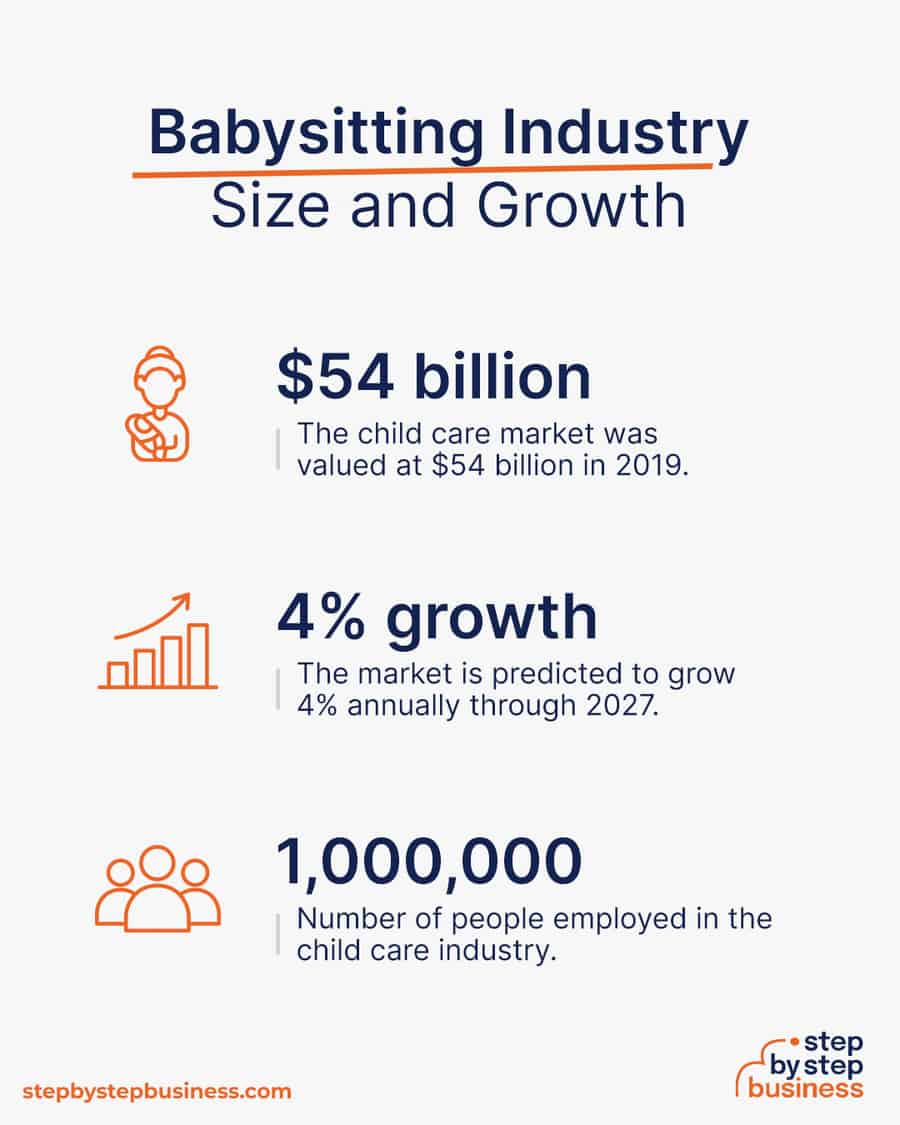
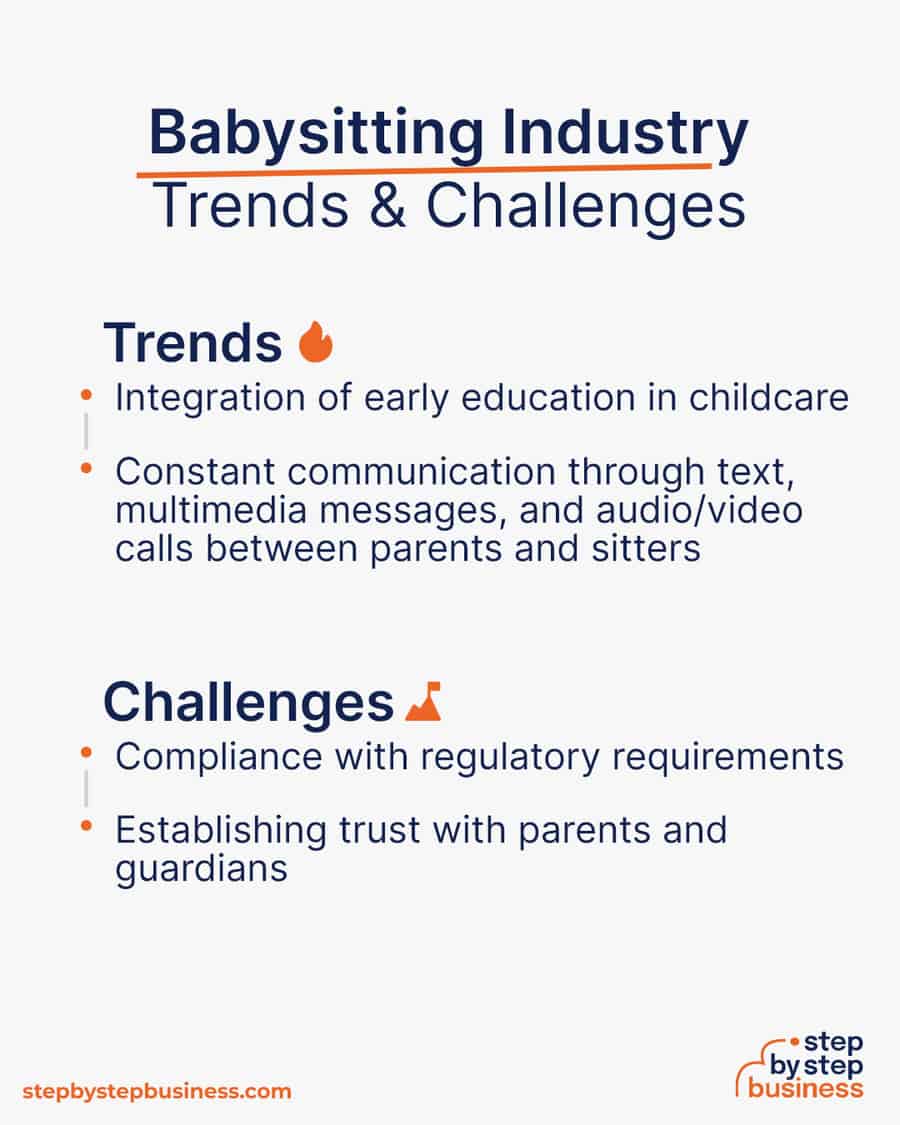
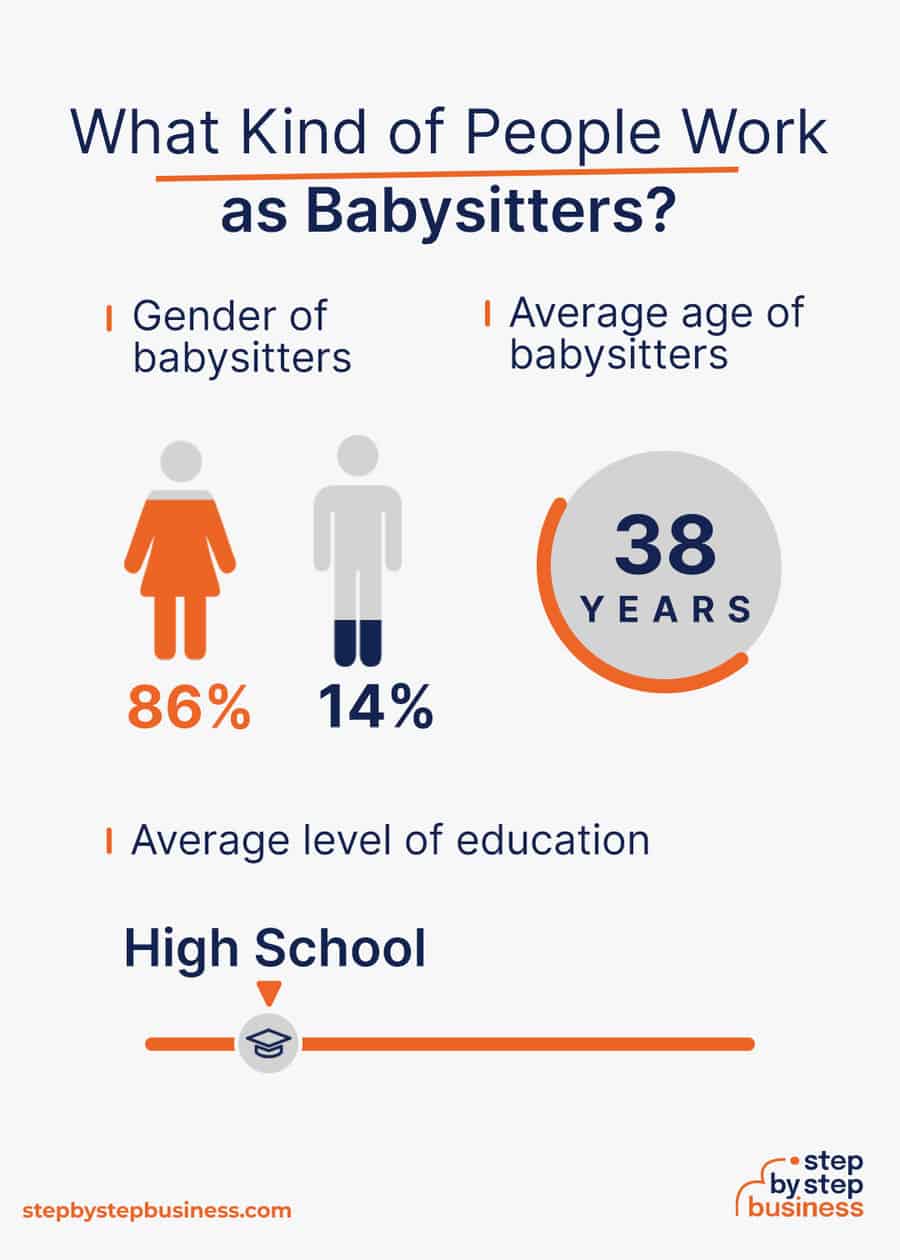
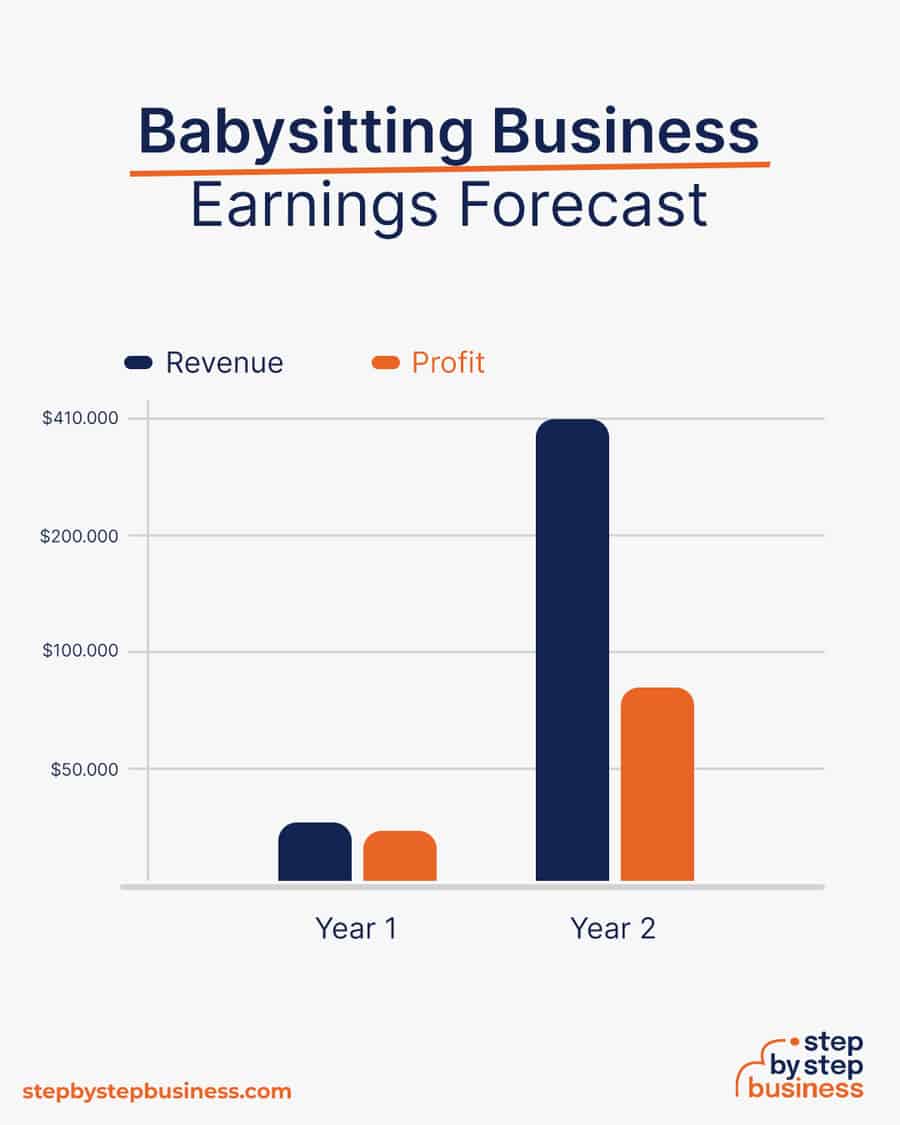




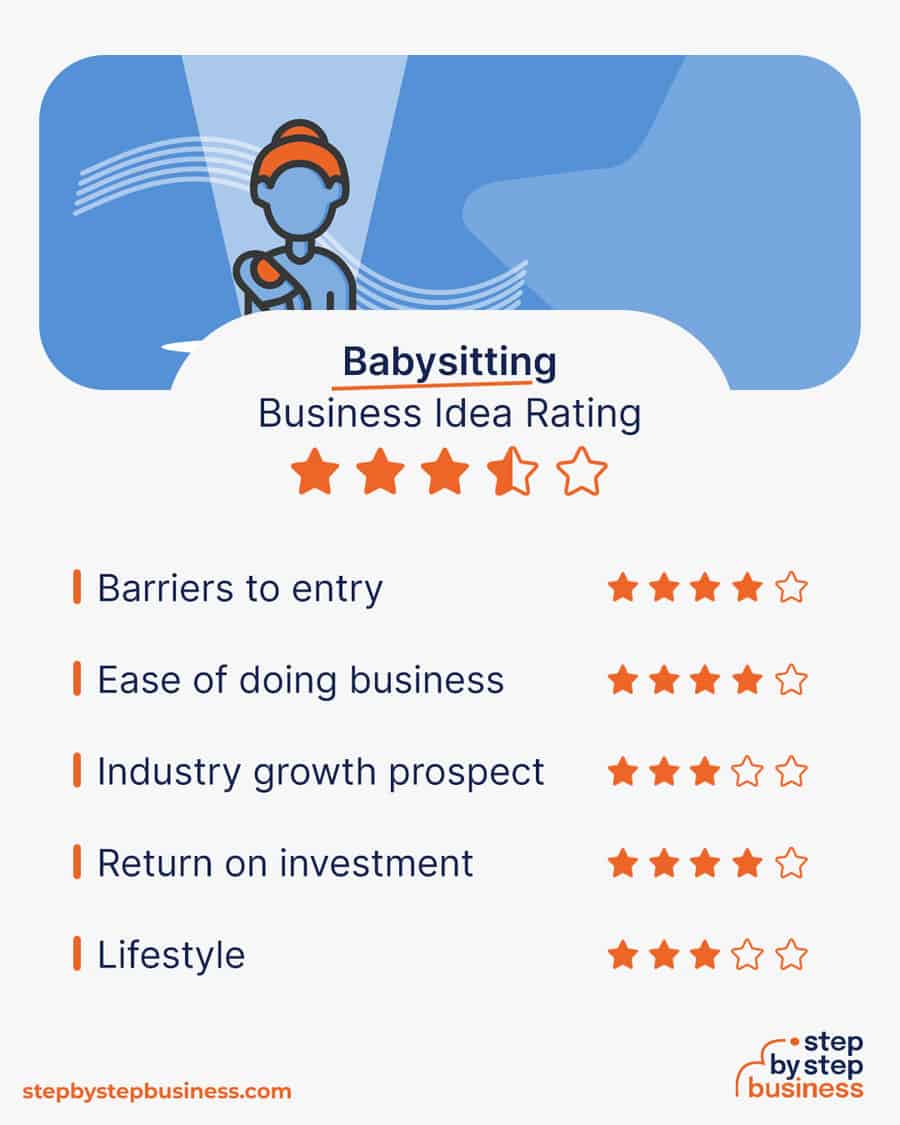













Comments